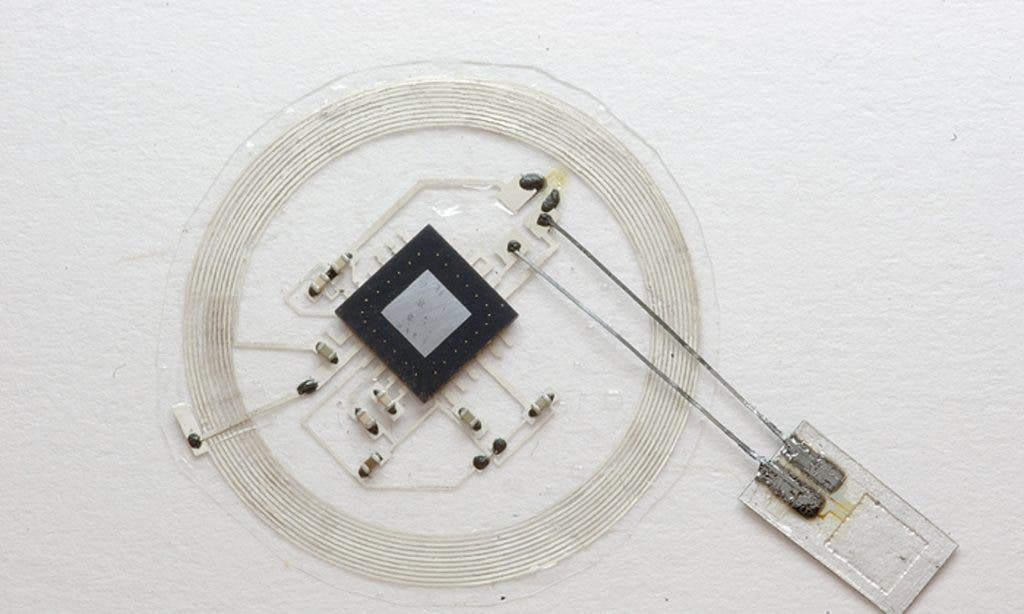An international research team has developed miniaturized devices to monitor living brain tissue. When no longer needed the devices can be deactivated to dissolve and be reabsorbed into the soft tissue. The wireless sensors were implanted into mice brains and successfully took intracranial pressure and temperature readings.

Electronic implants have long been used in the treatment of medical conditions. Ranging from the humble pacemakers and defibrillators given to cardiac patients all the way to futuristic brain-computer interfaces or injectable meshes that fuse with your brain, it’s hard to imagine today’s medical field without these devices.
Whether implanted permanently or only for short periods of time, the procedure always carries some risk — the devices can hurt surrounding tissues during implantation and their metallic components are prime real estate for bacteria, possibly leading to infections in the area. Not to mention the added risk and distress involved in removing these devices.
The novel device, developed by a research team with members from America and South Korea, is described in the journal Nature and could potentially overcome these limitations. Each device houses a pressure and a temperature sensor, each one smaller than a grain of rice. They’re housed in a biodegradable silicone chip that rests on the brain and sends data via wireless transmitters attached to the outside of the skull.
The devices were successfully tested on live rats and recorded pressure and temperature changes that occurred as the animals drifted in and out of consciousness under anesthesia. They proved to be at least as or more accurate than other devices currently available.
The team showed that by tweaking the sensors they could take measurements either from the surface of the brain up to about 5mm below it. The researchers say the device can easily be modified to monitor a wide range of other important physiological parameters of brain function, such as acidity and the motion of fluids. It could also be used to deliver drugs to the brain, and, with the incorporation of microelectrodes, to stimulate or record neuronal activity.
However, what truly makes this sensor unique is the materials that go into building them, the so-called “green electronics.” These materials are designed to be stable for a few weeks then dissolve. If immersed in watery fluids (such as cerebrospinal fluid) these fully biodegradable and bio-compatible materials take about a day to fully dissipate. When the team examined the animal’s brains after the tests, they found no indication of inflammation or scarring around the implantation site.
As well as being safer for the patient the fabrication process is also cheaper and more environmentally-friendly than that employed in existing technologies.
The next step in development is to test the devices in human clinical trials, the researchers said.
The full paper describing these devices is available online in the journal Nature.






